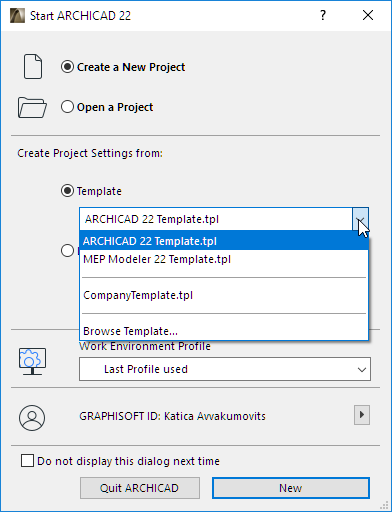Active Hotspot In Live Template Session

We are starting our Early Access Program (EAP) for the Rider 2018.2 release cycle. You’re welcome to download the first Rider 2018.2 EAP build from. Here are some highlights of the new features in this EAP build: • Unity support: You can open a Unity Editor/Player log directly in Rider ( filter and collapse similar log entries actions are available). Several new inspections/quickfixes/context actions have been added.
ActiveRain is an online community of real estate professionals who write blogs, exchange best practices and share information. Welcome to the neighborhood.
A new FormerlySerializedAs attribute is available when you rename a serialized field. In addition, protocol features ( Play/ Pause/ LogView) are available in any solution, in the same folder as the unity-generated one. • Unit Testing: Discovering and running tests in SDK-styled projects has become faster. You can now lock a Unit Test session to prevent adding more tests. Run and debug tests on Mono on Windows. It is possible to open the Unit Test Explorer window from the Navigate To menu, and Unit Testing related actions have been added into the default keymap. • Solution Explorer redesigned: We’ve introduced a new tree and toolbar design, and a new File System Explorer.
You can now set up the Depends upon project property from the UI (including drag&drop and copy&paste). The Scratch View has been merged into the Solution Explorer. Finally, we’ve reworked the Attach Folder action and the Folders Always On Top mode. Check all of these out!
• NuGet support includes filter and format customization in NuGet logs, and advanced diagnostics. Support for project.json-based projects has been discontinued, but we’ve added support for AutoReferenced packages and TLS-1.2-only NuGet feeds. • C# Interactive gets two new actions: Attach the debugger, and add project and assembly references to the current C# Interactive session. • Code Completion features a new scoring engine (reuses R# statistic logic), and new code completion for pointers in unsafe context (smart replace “.” into “->”) and for an active hotspot after expanding a live template (same as in ReSharper). • The d ebugger now includes partially improved presentation of stack frames. It supports Debugger.NotifyOfCrossThreadDependency (.NET /.NET Core only), changing debugger settings on the fly, and inspecting unsafe pointers on Mono/Unity 2018.2+.
• The Re-run action is now available on the Find Usages tab. As usual, in addition to “Rider only” features, Rider EAP gets lots of features from its parent tools: • From ReSharper, Rider gets an out-of-the-box ReSpeller, partial C# 7.3 support, initial Blazor support, and other goodies mentioned in. • From IntelliJ IDEA and WebStorm, Rider borrows, a Version Control update, updated support for TypeScript/ Angular/ React/etc., and more. See for details. Nhdta school girl.
More posts about these new and improved Rider/ReSharper features are coming soon on. If you are more interested in the bug fixes in this build than in implemented features, has the full list of those. All Unity-related features can be found. Don’t wait any more – (or use our to install it with no fuss) and preview all the new features right now!
Set Up Cisco ISE in a Distributed Environment • • • • • • • • • • • • • • • • • • Cisco ISE Deployment Terminology The following terms are commonly used when discussing Cisco ISE deployment scenarios: • Service—A service is a specific feature that a persona provides such as network access, profiler, posture, security group access, monitoring and troubleshooting, and so on. • Node—A node is an individual instance that runs the Cisco ISE software. Cisco ISE is available as an appliance and also as a software that can be run on VMware.

Each instance, appliance or VMware that runs the Cisco ISE software is called a node. • Persona—The persona or personas of a node determine the services provided by a node. A Cisco ISE node can assume any of the following personas: Administration, Policy Service, Monitoring, and pxGrid.
The menu options that are available through the Admin portal are dependent on the role and personas that an Cisco ISE node assumes. • Deployment Model—Determines if your deployment is distributed, standalone, or high availability in standalone, which is a basic two-node deployment. Personas in Distributed Cisco ISE Deployments A Cisco ISE node can assume the Administration, Policy Service, or Monitoring personas.
A Cisco ISE node can provide various services based on the persona that it assumes. Each node in a deployment can assume the Administration, Policy Service, and Monitoring personas. In a distributed deployment, you can have the following combination of nodes on your network: • Primary and secondary Administration nodes for high availability • A single or a pair of non-administration nodes for health check of Administration nodes for automatic failover • A pair of health check nodes or a single health check node for PAN automatic failover • One or more Policy Service nodes for session failover Cisco ISE Distributed Deployment A deployment that has more than one Cisco ISE node is called a distributed deployment.